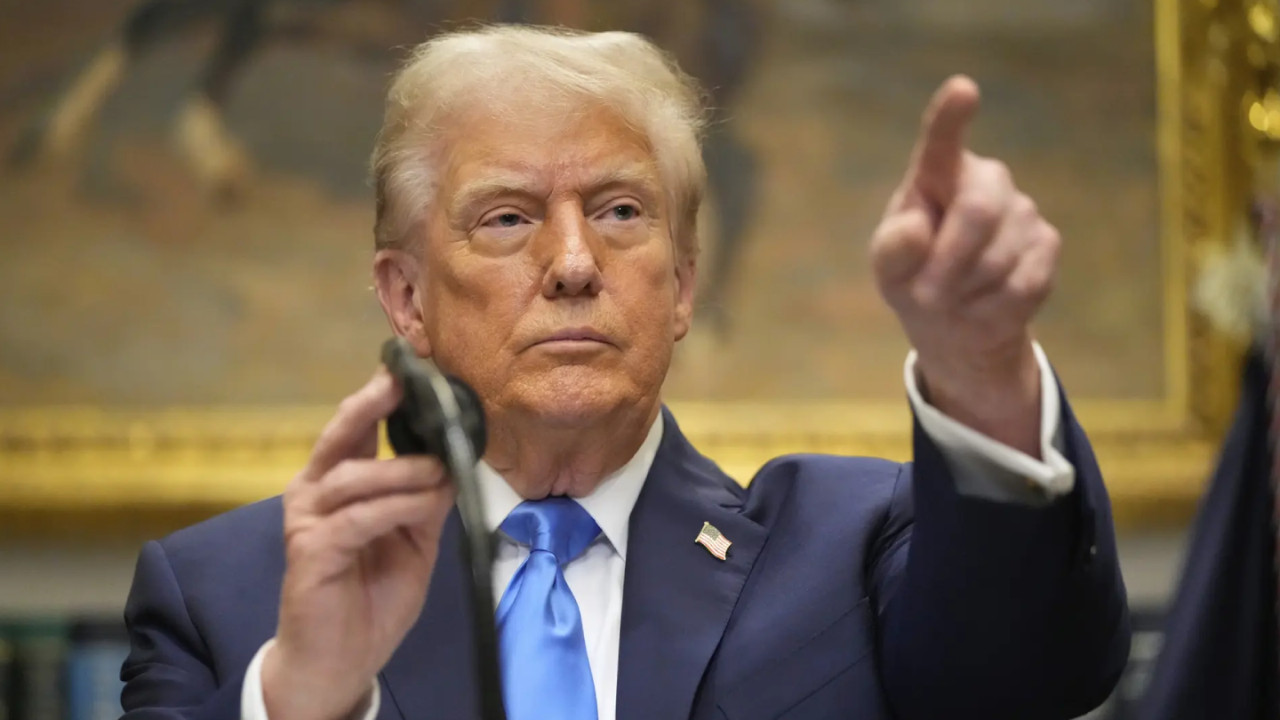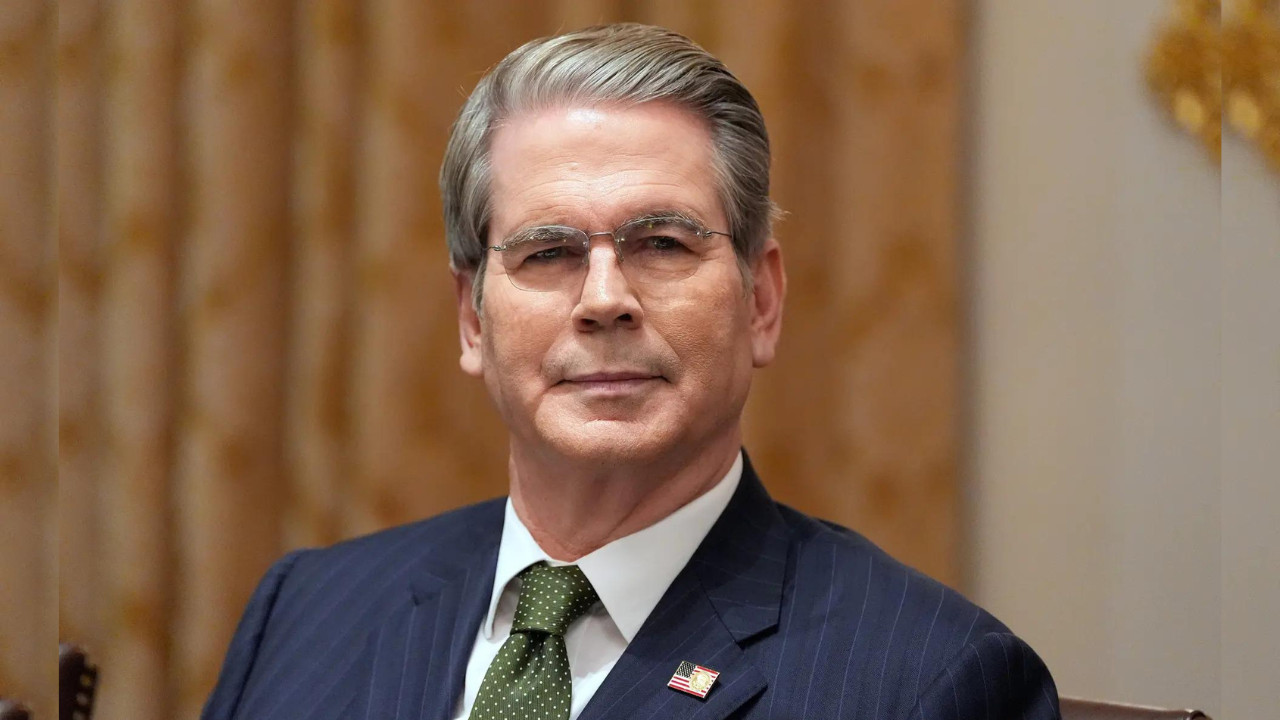Trump’s Tariff Talk: Is a Trade War Re-Heating?
Donald Trump, never one to shy away from shaking things up, has once again thrown the global trade landscape into potential turmoil. He recently floated the idea of imposing significant tariffs on a range of imported goods, sparking both concern and speculation about the future of international commerce. Are we on the brink of another trade war, or is this simply a negotiating tactic? Let’s unpack what we know and what it could mean for consumers and businesses alike.
The former president, during a recent interview, outlined specific sectors that are potentially in his sights. He mentioned a blanket 100% tariff on all pharmaceutical products manufactured outside the United States. This is a particularly eye-catching proposal given the reliance of many Americans on imported medicines, particularly generics. The potential impact on healthcare costs could be substantial, and many are questioning the feasibility and wisdom of such a move.
Beyond pharmaceuticals, Trump also suggested a 50% tariff on imported kitchen cabinets. This targets the home improvement sector, where imported goods, particularly from countries like China and Vietnam, play a significant role. The stated aim? To encourage domestic manufacturing and bring jobs back to American soil.
<img src="image-url-here.jpg" alt="Rows of kitchen cabinets, highlighting the potential impact of Trump's proposed tariffs on imported goods.”/>
But it doesn’t stop there. Trump hinted at further, unspecified tariffs targeting various other imported goods. This ambiguity adds another layer of uncertainty to the already complex situation. Businesses are now left scrambling to assess their exposure and potential vulnerabilities should these tariffs become reality. The immediate effect is a ripple of anxiety felt throughout supply chains.
Why These Tariffs, and Why Now?
Trump’s rationale, as always, centers on his “America First” agenda. He argues that these tariffs are necessary to protect American industries from unfair competition, to incentivize companies to bring manufacturing back home, and to reduce the country’s trade deficit. By making imported goods more expensive, the logic goes, domestic products will become more competitive, leading to job creation and economic growth within the United States.
However, this approach is not without its critics. Many economists argue that tariffs ultimately harm consumers by raising prices, distorting markets, and potentially triggering retaliatory measures from other countries. A trade war, they warn, could lead to a global economic slowdown, hurting everyone involved.
The Potential Repercussions of Higher Tariffs
The immediate impact of these tariffs, should they be implemented, would be felt by importers and consumers. Companies that rely on imported pharmaceuticals or kitchen cabinets would face significantly higher costs, which they would likely pass on to consumers in the form of increased prices. This could lead to reduced demand and potentially hurt businesses, especially smaller ones with less pricing flexibility.
Furthermore, these tariffs could provoke retaliatory actions from other countries. If the United States imposes high tariffs on their goods, other nations are likely to respond in kind, imposing tariffs on American exports. This could lead to a tit-for-tat trade war, with each side imposing increasingly higher tariffs on the other, ultimately harming global trade and economic growth.
Navigating the Uncertainty: What Businesses Need to Do
The uncertainty surrounding these potential tariffs makes it challenging for businesses to plan for the future. However, there are steps they can take to mitigate their potential exposure. Diversifying supply chains, exploring alternative sourcing options, and closely monitoring the political and economic landscape are crucial. Proactive risk management is key to navigating this turbulent environment. It might also be a good time to review current contracts and consider force majeure clauses in anticipation of disruptions.
For consumers, the prospect of higher prices looms. Staying informed about potential price increases and exploring alternative purchasing options can help mitigate the impact on their wallets.
Could This Just Be a Bluff?
It’s important to remember that Trump has a history of using tariffs as a negotiating tactic. He often floats the idea of imposing tariffs to gain leverage in trade negotiations. It’s possible that these recent pronouncements are simply a way to pressure other countries into making concessions on trade deals. Whether this is a genuine threat or a strategic maneuver remains to be seen.
The potential imposition of these tariffs has sent shockwaves through the business world. Whether they represent a genuine shift toward protectionism or a negotiating tactic remains to be clarified, but the ramifications could be significant. Businesses and consumers alike should remain vigilant and prepared for potential disruptions to the global trade landscape. It’s a waiting game, but one with potentially high stakes.







